About 30 varieties of oyster mushrooms are known, about 10 of them are grown artificially, at home. All these fruits are characterized by excellent taste and rich aroma, but forest species are much more appreciated by experienced mushroom pickers. Oyster mushrooms are difficult to confuse with poisonous mushrooms, because they do not have dangerous doubles, it is enough just to familiarize yourself with their photo and description before collecting.
Content
The characteristic features of oyster mushroom
All novice mushroom pickers need to know how common types of oyster mushrooms growing in the forest look to avoid unpleasant consequences.
Appearance, photo, description
These fruits can grow from 5 to 20 cm in diameter. The color of young fruits is dark gray or with a brownish tint. More adults are painted in dark gray with a purple or ashy shade.
The color of the hat depends on the specific type and growth conditions. The shape of the mushroom often resembles the ears.
There are no clear boundaries between the hat and the leg. The hat of this variety smoothly passes into the leg and slightly thins to the edges. Its shape is oval, slightly elongated and looks like a shell. The diameter varies between 5-17 cm. The edges are slightly wrapped inward. The surface is gray, lemon yellow, dirty white with a purple, orange or pink tint.
The peduncle is most often lateral and tapers noticeably to the base. Its length does not exceed 50 mm, and its width is 30 mm. The tubular leg is painted in light shades of gray, yellow or white.
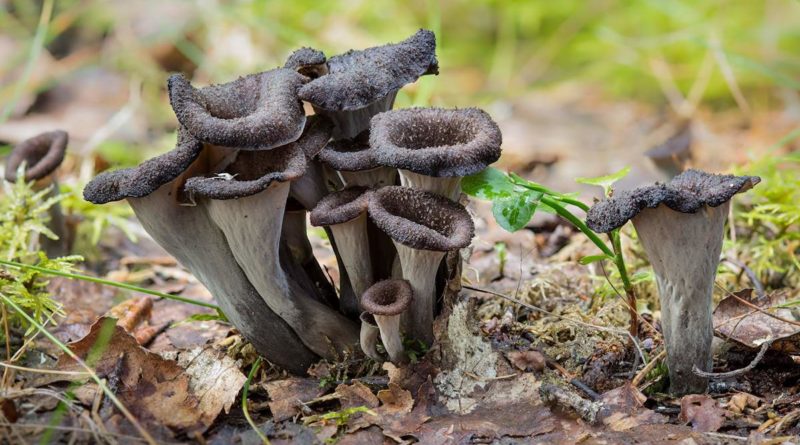 You may be interested in:
You may be interested in:Young fruits are characterized by juicy and elastic flesh. In old mushrooms, it becomes fibrous, dry and stiff in taste. The pulp has a pleasant mushroom smell. The taste of the raw fruit is neutral and fresh.
Depending on the species, the spore powder is pink, cream or white. The size of the spores ranges from 7.5 × 3 to 12 × 4.5 microns. The shape is uneven, ellipsoidal.
Place of distribution and collection rules
Oyster mushrooms live in Europe, Asia, Australia and North Africa. Varieties of this fruit are quite common in Germany, France, Portugal, Slovakia and Poland. In Russia, the mushroom is considered one of the most common and can grow throughout the country, starting from the border with Belarus and to the Primorsky Territory. Western Siberia is especially rich in oyster mushrooms, in which birch and aspen groves can be harvested a considerable crop.
It is better for beginners to recover for mushrooms in the company of an experienced mushroom picker, because there is a chance to confuse oyster mushroom with inedible doubles. Before a quiet hunt, you should familiarize yourself with the varieties of this fruit.
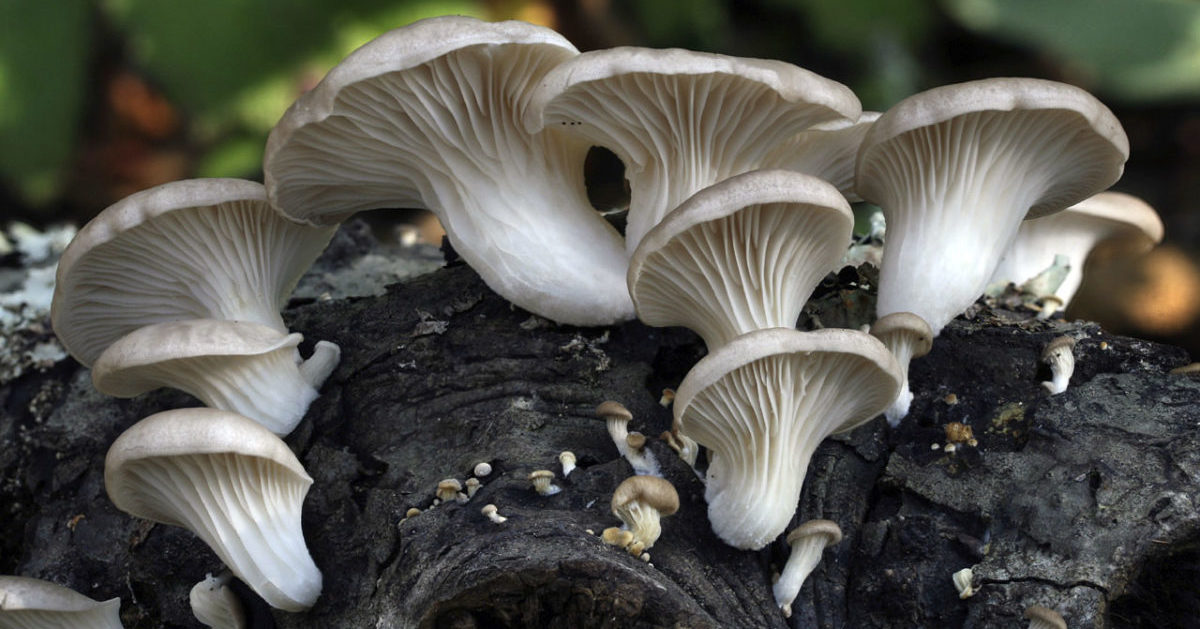 You may be interested in:
You may be interested in:Edibility
Oyster mushroom belongs to the edible representatives of the mushroom world. In Russia, this mushroom is the second most popular. It is used to prepare a wide variety of dishes. Oyster mushrooms can be fried, boiled, stewed, salted and pickled and even eaten raw. Delicious are the fillings of them. You can often see buns, pies, pizzas and mushroom sauces cooked with these fruits.
Varieties of forest mushrooms, their description and photo
There are many varieties of oyster mushrooms in the forest, with a photo and a description of which it is advisable to familiarize yourself with a quiet hunt.
Pulmonary
This species is very common in forests throughout the country. A round or fan-shaped hat reaches a diameter of 4-8 cm. The color is white or cream, and mature individuals acquire a yellowish tint. The short leg at the base is covered with a barely noticeable pile, and its length does not exceed 20 mm.
Lemon (ilm)
Lemon oyster mushroom is most often found in the Far East. This species grows well at home. The average diameter of the hat is 3-6 cm. Young mushrooms form a corymbose hat, which becomes funnel-shaped with age. The lemon yellow skin color fades with growth.
Royal or steppe
Adult fruits have a flat or slightly funnel-shaped hat, on which you can notice small fibers or scales. The diameter of the hat can reach 13 cm. The surface is painted in red-brown tones, which eventually fade to brown. Most often, the compact leg is located in the center. The cylindrical leg can be white or light ocher in color.
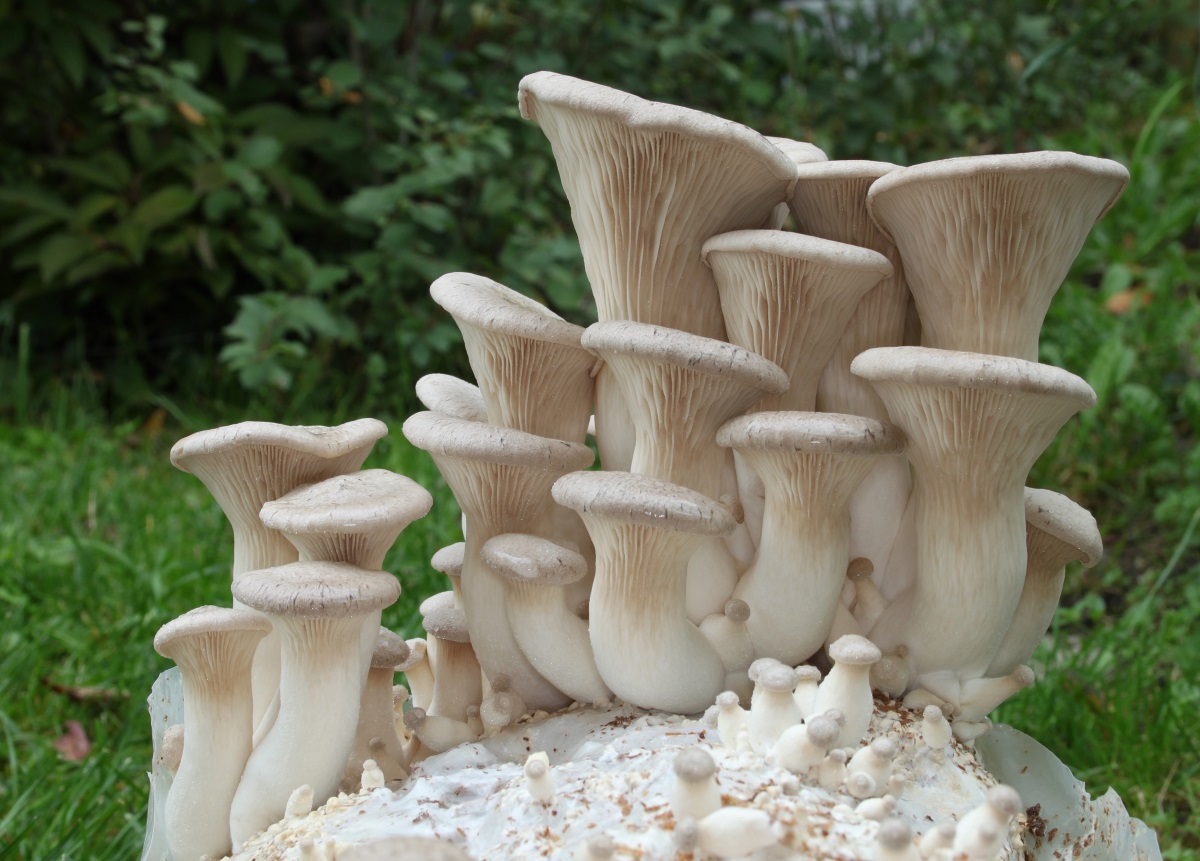
Common or oyster
The diameter of these forest inhabitants varies from 5 to 15 cm. The color of the surface is quite variable and can be brownish, ashen or light gray with a purple tint. First, the edges are turned inward, and with age they acquire a wavy or dissected-lobed shape. If the fruits live in places of high humidity, then a mycelial coating appears on their surface.
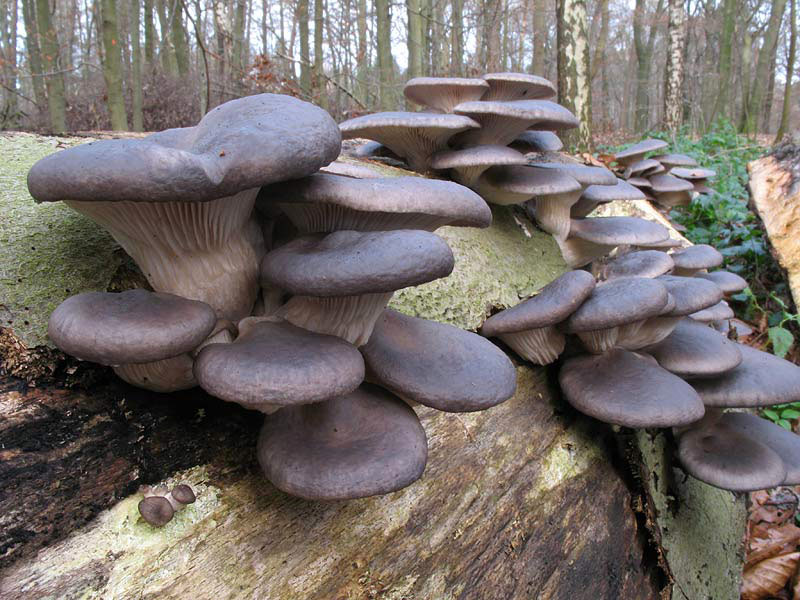
Late or Autumn
The diameter of the hat can reach 12 cm. A distinctive feature of the species is an ear-shaped hat of brownish-gray color. The surface of the mushroom is velvety. A group of fruits grows from one base. The white flesh is quite dense and is characterized by a pleasant smell and taste.
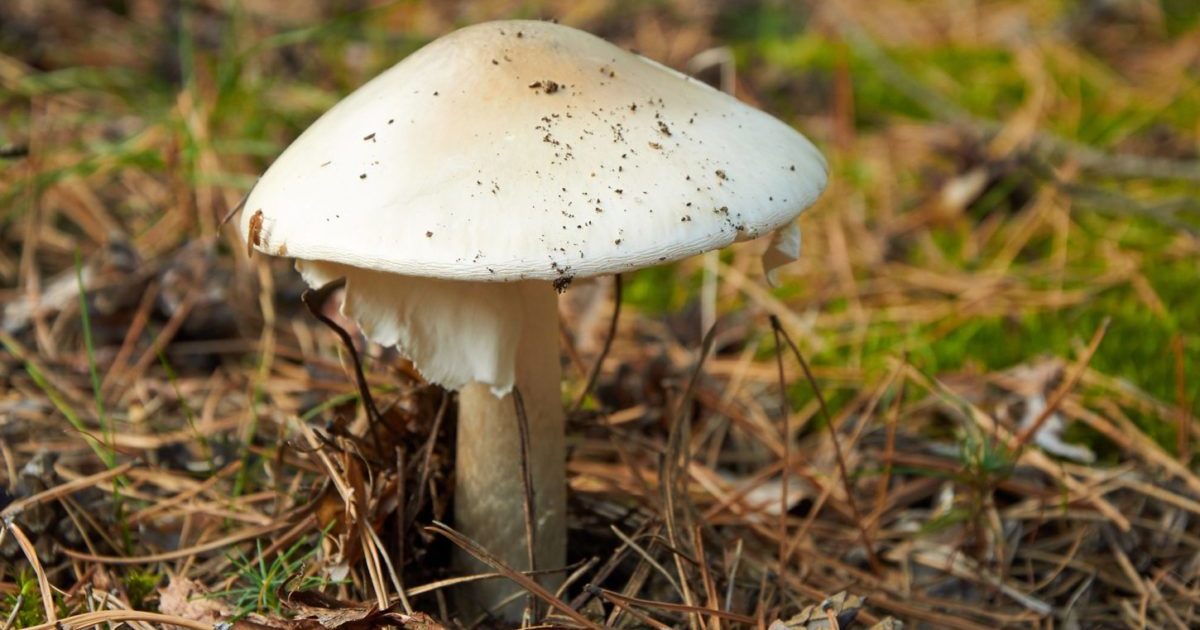 You may be interested in:
You may be interested in:Covered, or solitary
This representative of the mushroom world lives on decaying birch, aspen, oak, spruce. Mushroom hat first creamy gray, and with age acquires a gray-brown color. Its average diameter is 8 cm. The shape of the hat is tongue-shaped or ear-shaped. The surface is covered with scales. The foot is very compact or completely absent.
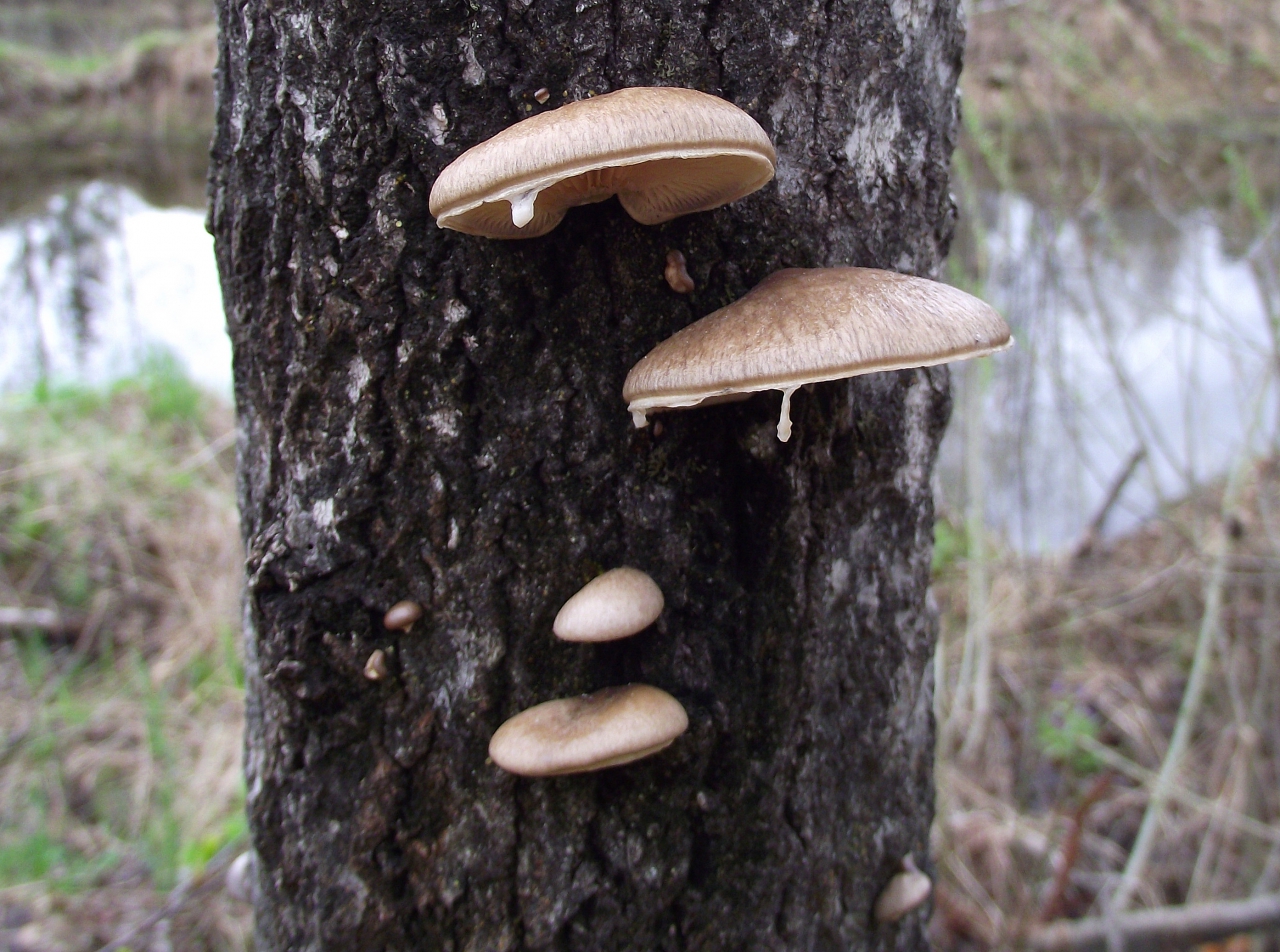
Horn-shaped, or plentiful
The shape of the fruiting body resembles a shepherd’s horn. The hat is horn-shaped, sometimes leaf-shaped. Ripe fruits are characterized by smooth edges, which are often bent up and covered with cracks. Unlike other varieties, this mushroom has a well-pronounced curved leg, the length of which is up to 8 cm. Depending on the living conditions, the color of the surface varies from sand to gray.
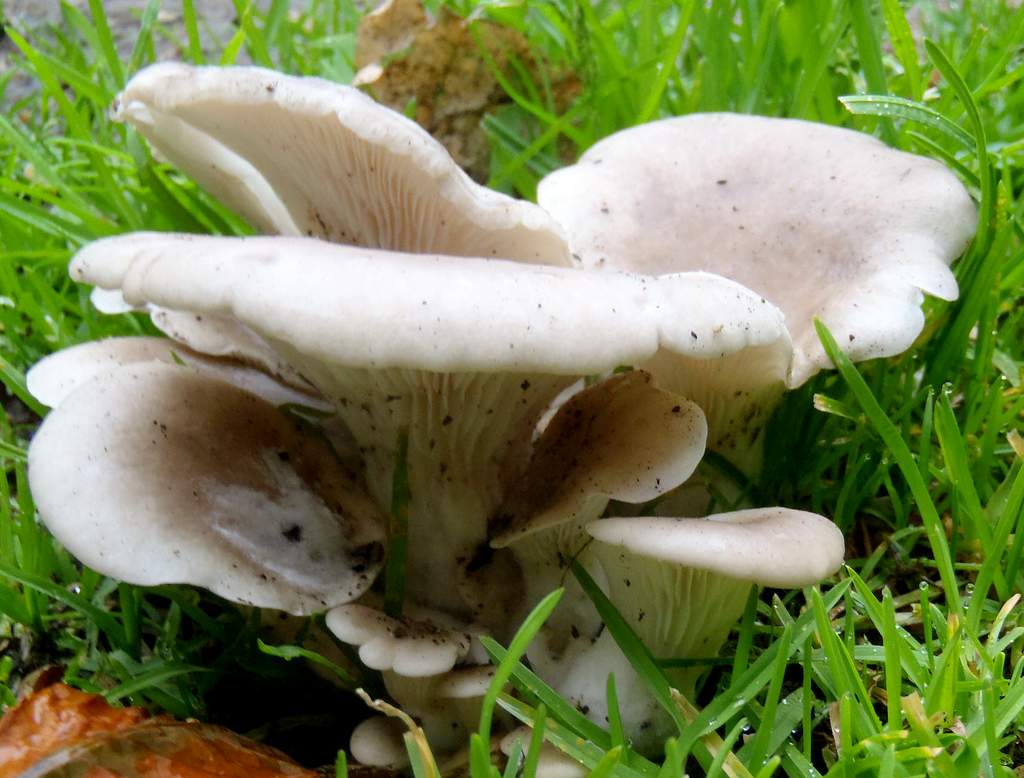
Pink
Pink, or oyster mushroom flamingo, has a slightly convex hat up to 5 cm in diameter. The pink flesh has an oily taste and an original aroma. The pale pink leg grows on the side of the cap and is often curved. Records of red-pink color.
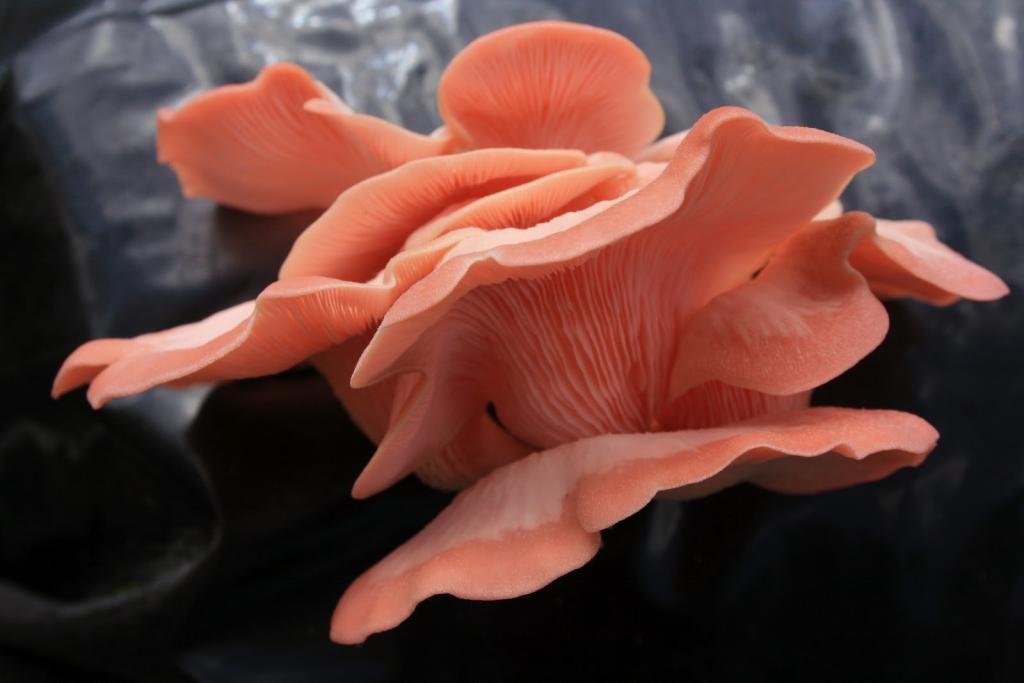
Unlike false, inedible mushrooms, similar to oyster mushrooms
In our country, the most common mushrooms, similar to oyster mushrooms, are two inedible species:
- The wormwood wormwood, which has cream or brown hats covered with red spots. Grows on dead deciduous and coniferous trees.
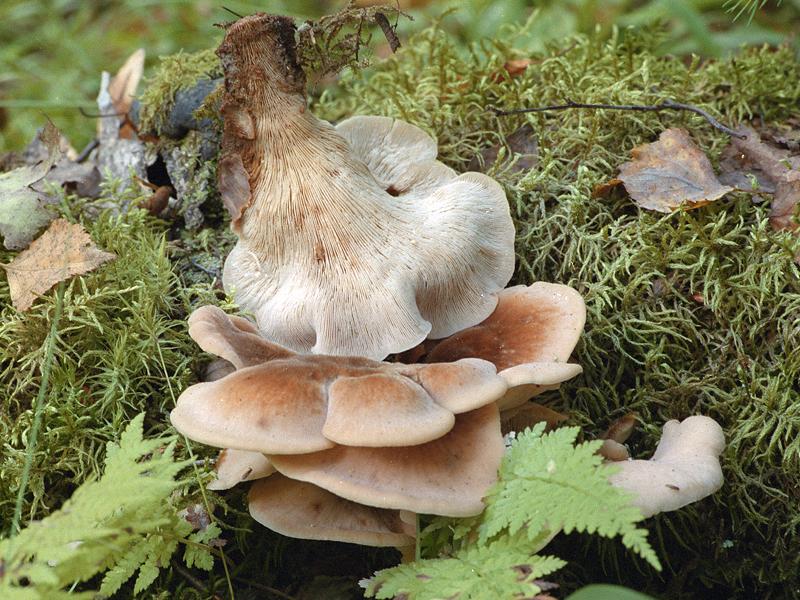
Wolfwood - Orange oyster mushroom has a rich color. A distinctive feature of the false mushroom is the almost complete absence of a leg. It grows in large groups, most often on hardwood. Young fruits have the smell of melon, and the smell of adult specimens resembles rotten cabbage.
Useful properties and restrictions for use
Oyster mushrooms have a lot of useful properties, so they are widely used in traditional medicine. They help normalize blood pressure and reduce the risk of developing cardiovascular disease. The use of the product helps the body get rid of toxins, heavy metals and lowers cholesterol.
Refuse to use this product is advised to people with problems of the gastrointestinal tract, liver and gall bladder. The fetus contains chitin, which is poorly absorbed by the body. Children under 12 years of age, nursing and expectant mothers are better off not using oyster mushrooms.
Oyster mushrooms can be prepared not only as a separate dish, but also made from them sauces, spreads and various fillings.
How to clean oyster mushrooms?
Before cooking, fruiting bodies must be cleaned, otherwise they will lose their taste and become watery. Soaking them is not necessary, because on the surface there is practically no dust or dirt. Harvest carefully sorted and discarded dry, wormy or rotten. Then peel off each instance and rinse under running water.
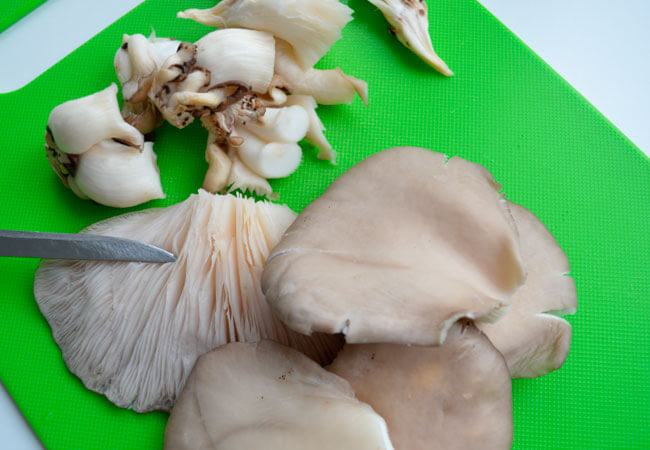
Purchased oyster mushrooms do not need to be cleaned - they do not recommend removing the film from them, on the contrary, since they are watery mushrooms and after cooking can turn into porridge.
Harvesting and storage methods
You can store the product in various ways. Often the product is salted, dried and pickled for the winter. To maintain the suitability of oyster mushrooms for a long time, they are advised to freeze them. The frozen product will be stored for about a year at a temperature of -18 ° C. Mushrooms do not need to be washed before freezing, they are cleaned in a dry way with a dry cloth. You can freeze fried and boiled fruits.
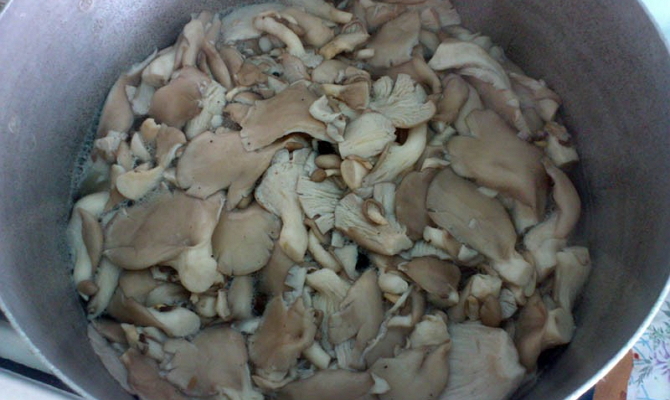
The easiest way to harvest for the winter is dry salting:
- Oyster mushrooms are washed.
- The first layer of mushrooms is laid and sprinkled with salt and spices.
- Several such layers are made to the top of the tank.
- A press is placed on the top layer and the container is taken out in a dark place for 2-3 weeks.
Cooking Rules
Before cooking mushrooms, you should familiarize yourself with the following information:
- Before boiling, the product is cut into small pieces. Mushrooms are not cooked whole;
- fruiting bodies produce liquid during cooking, therefore, when frying or baking, you do not need to boil them first;
- it is necessary to fry until the liquid has completely evaporated in the container, at least 30 minutes.
Mushroom Box Reviews
Oyster mushrooms can easily be grown at home - for this, bags with a substrate, mycelium and a basement are used. On sale today there are special mushroom boxes with oyster mushroom mycelium, allowing you to independently grow crops even in an apartment. The reviews about them are ambiguous:
Irina: “Once I bought such a box so that the children look at the growth of the fungi. The set includes a box, a spray bottle, a block with a mycelium and a linen cloth. They did everything according to the instructions, so they expected to see mushrooms on the 10th day. They appeared after 15 days, and grew in 4 days. Such a set is suitable for growing 2-3 small crops. ”
Alexey: “I ordered two such boxes on the Internet.The package arrived pretty quickly, and I set to work. To date, only one set has “bloomed” with several small mushrooms, and the second is not even going to. I won’t order more. ”
Tatyana: “Thanks to this box, today we often indulge in potatoes with mushrooms. I clearly followed the instructions, so there were no problems. To grow oyster mushrooms in a box is not difficult. We don’t have any allergies, so we grow houses on the windowsill. ”
Answers to Common Questions
Oyster mushrooms are versatile mushrooms that can not only be picked in the forest, but also grown at home. These fruits are great for cooking and winter preparations.

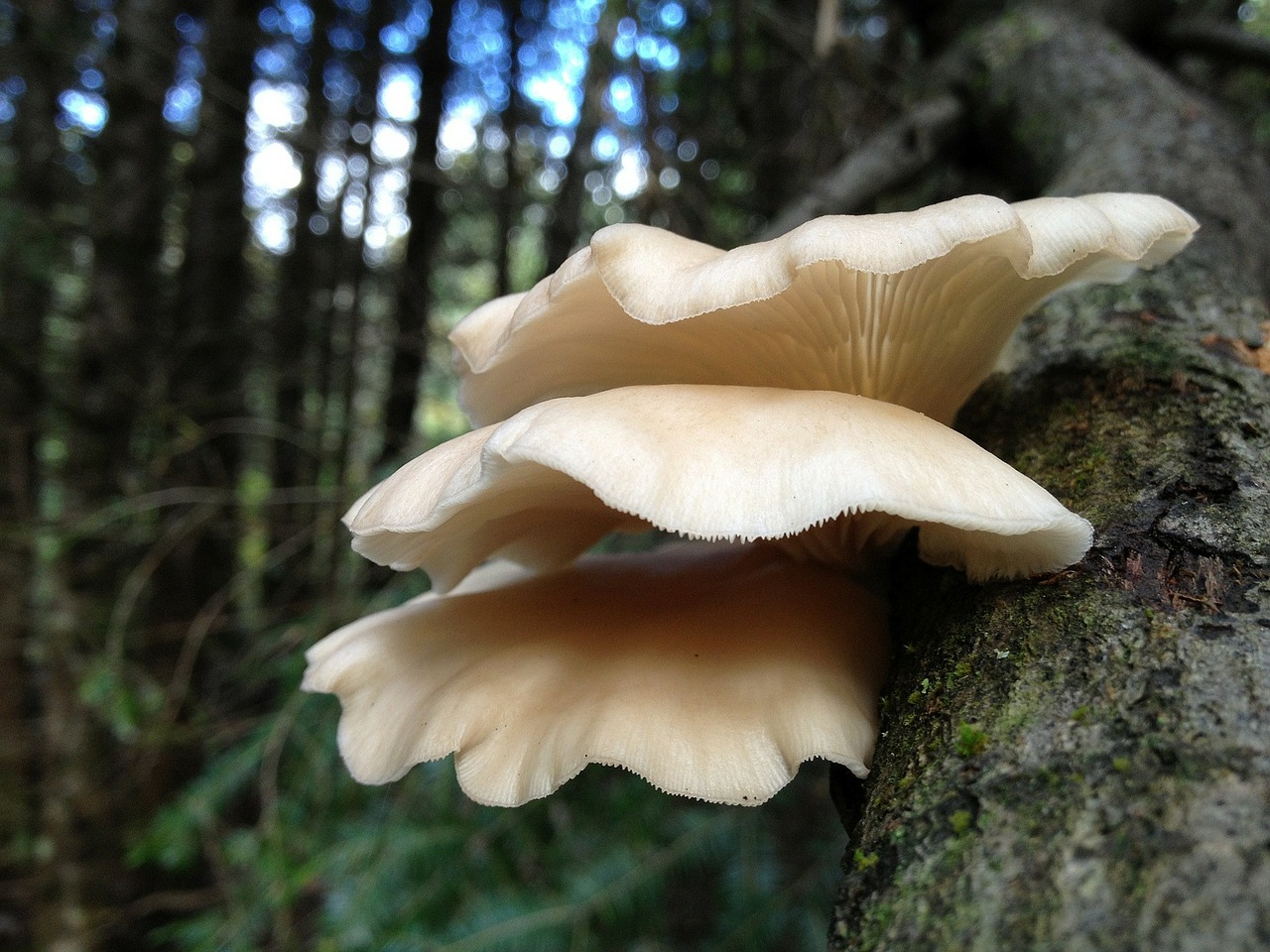
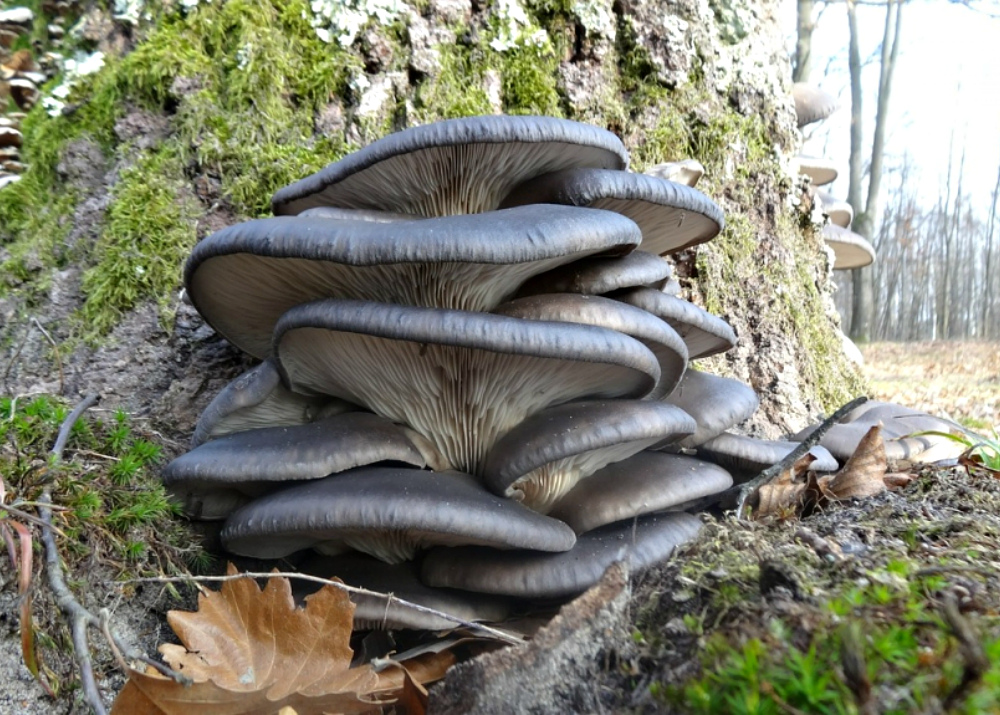
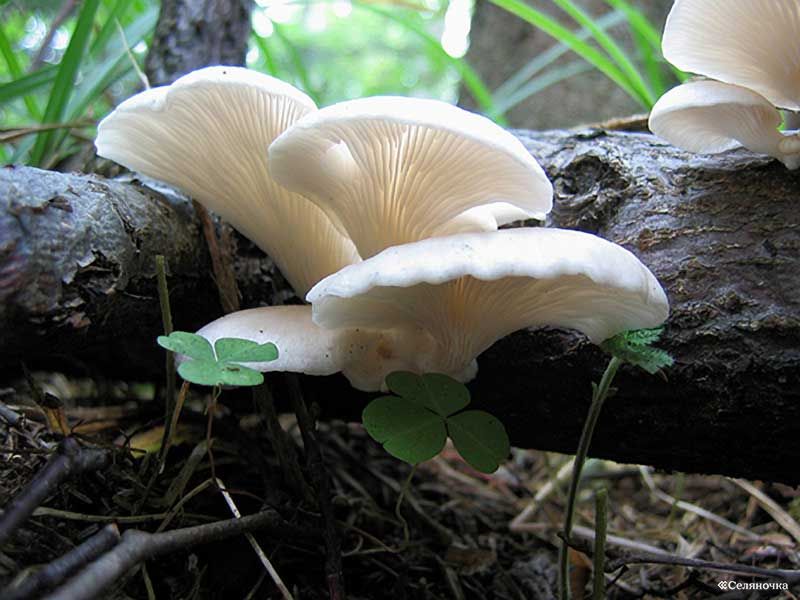
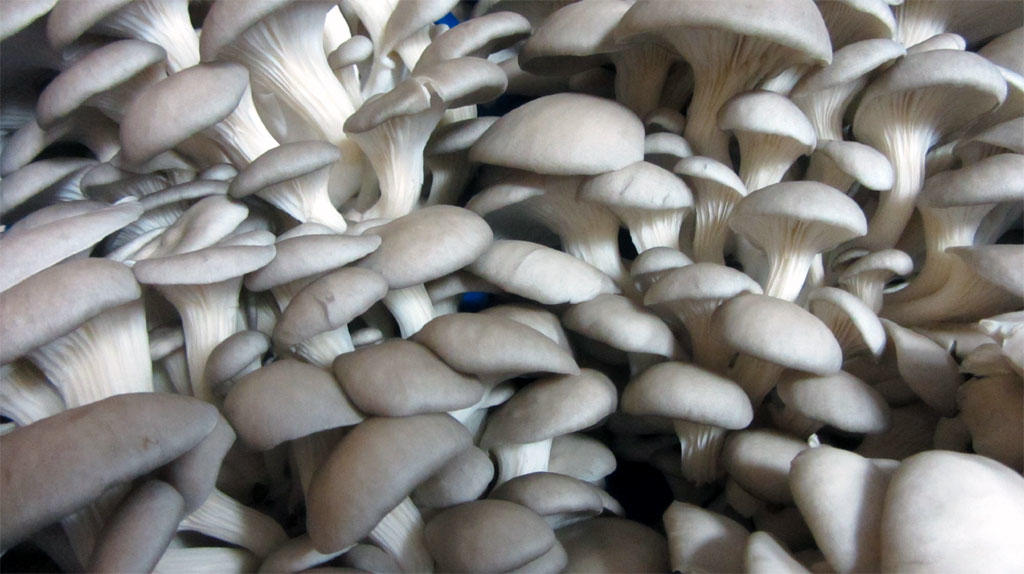
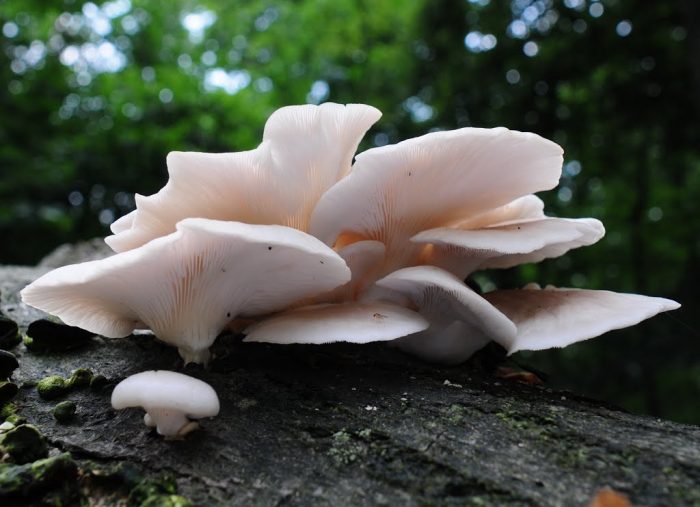
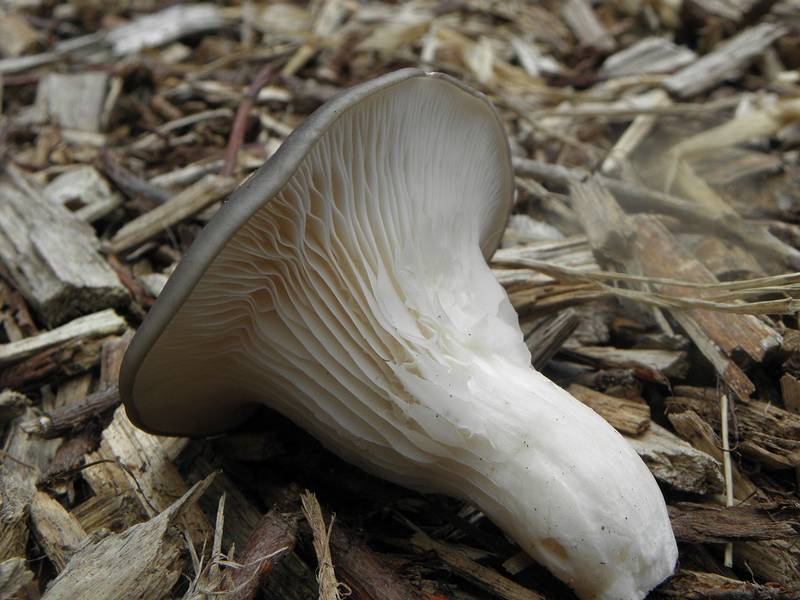
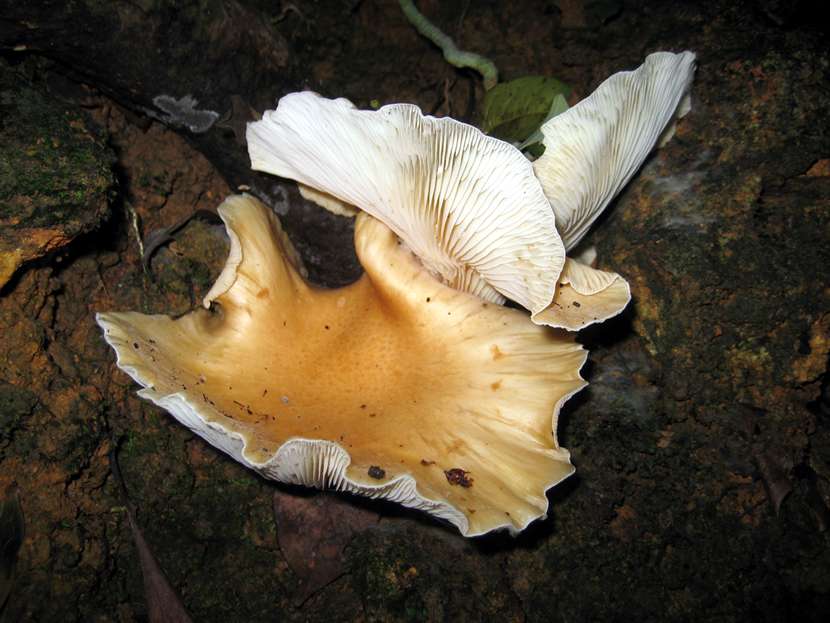
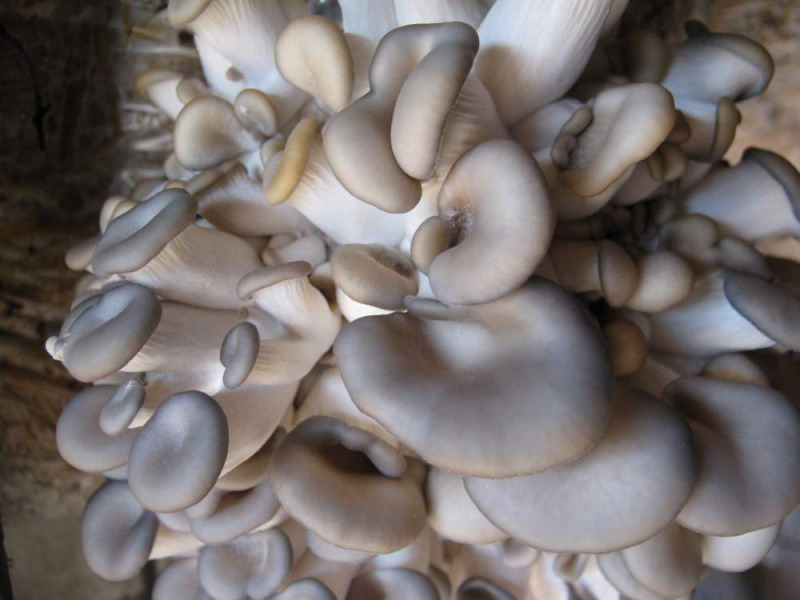
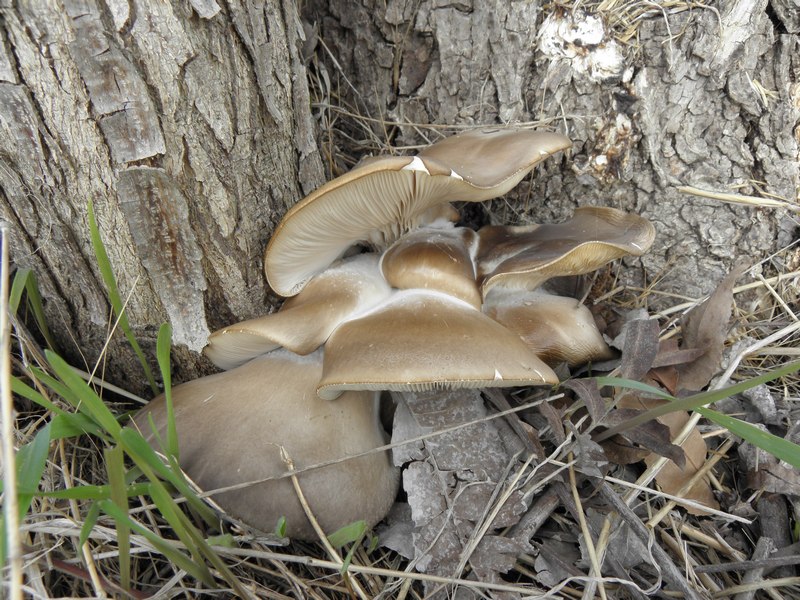
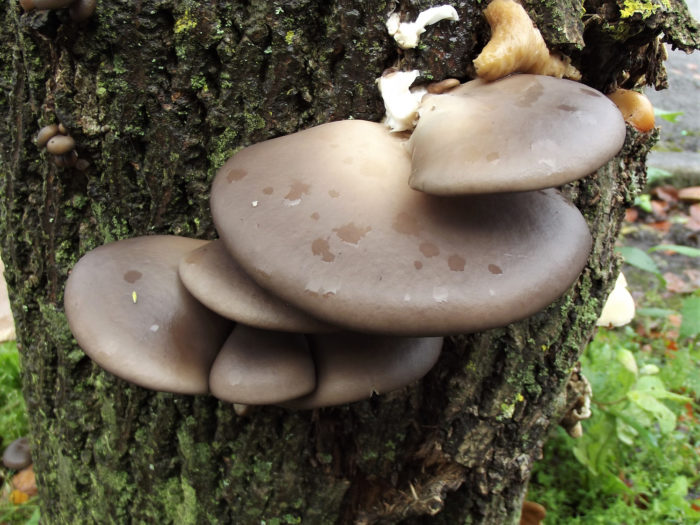
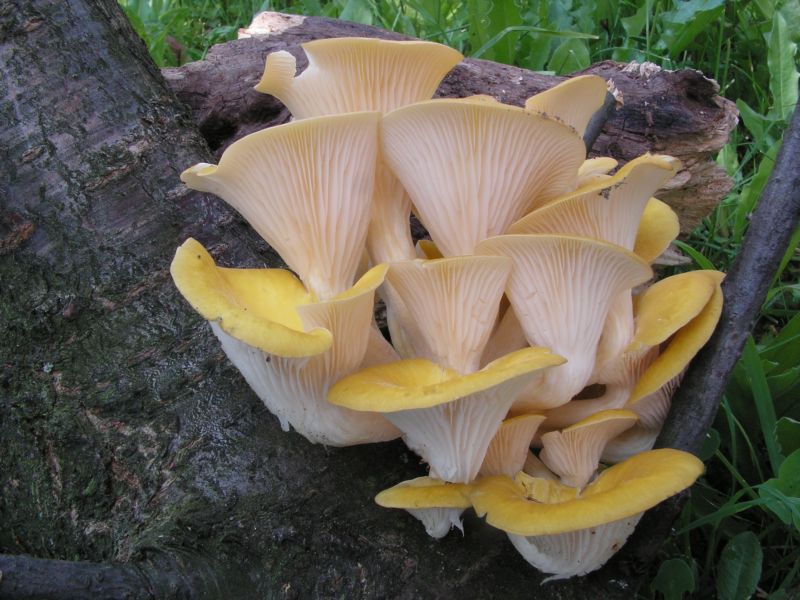
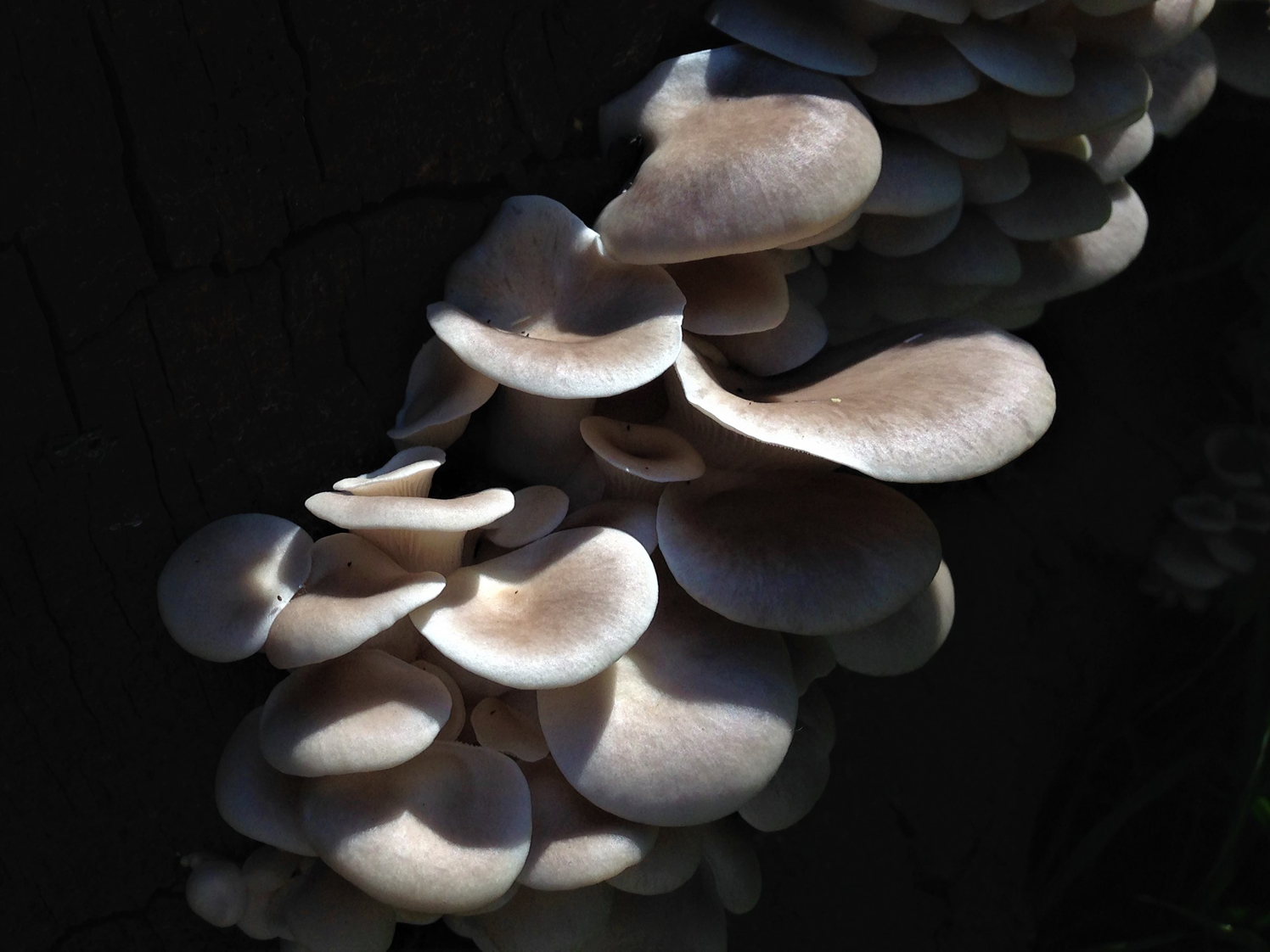
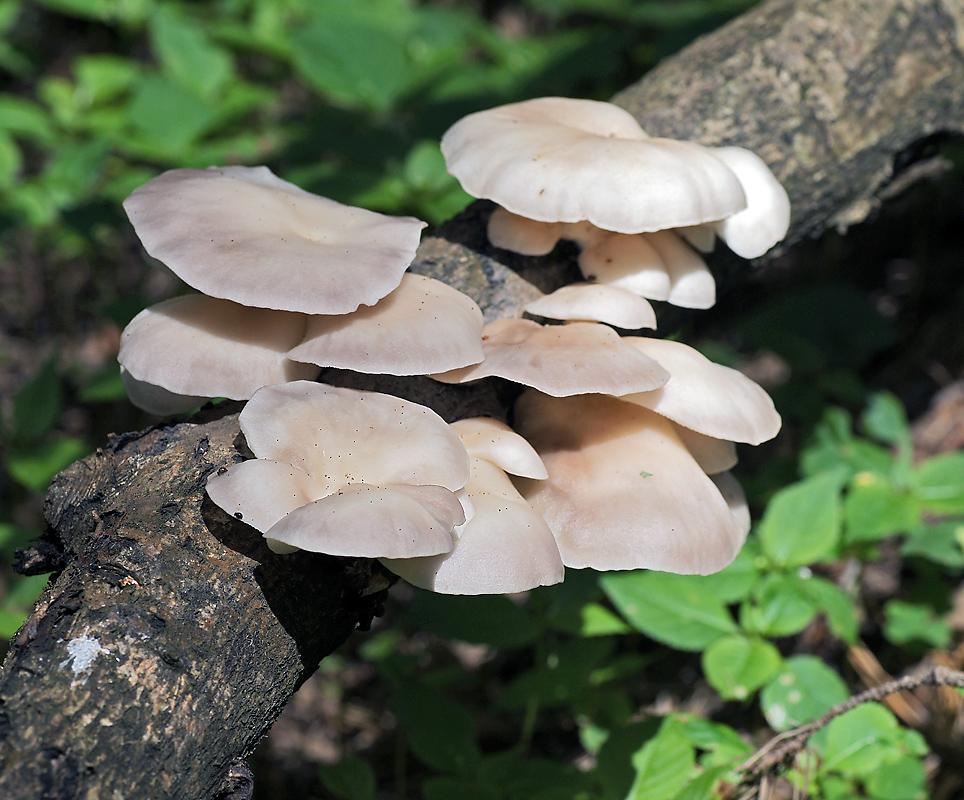
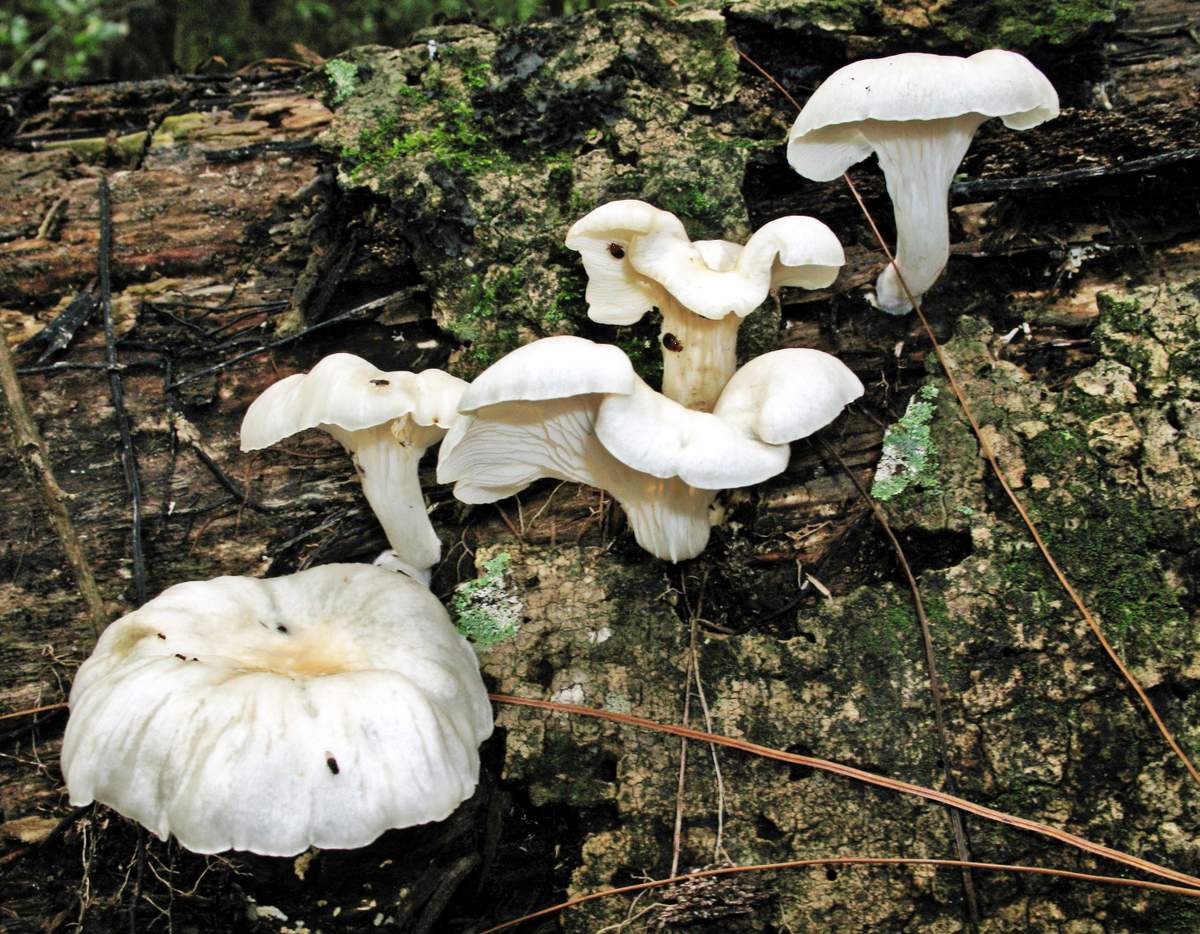

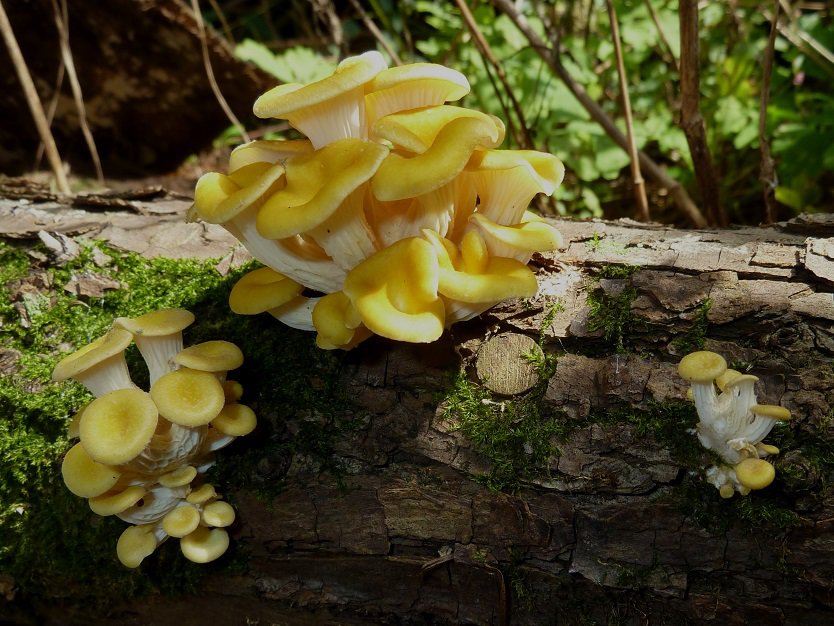
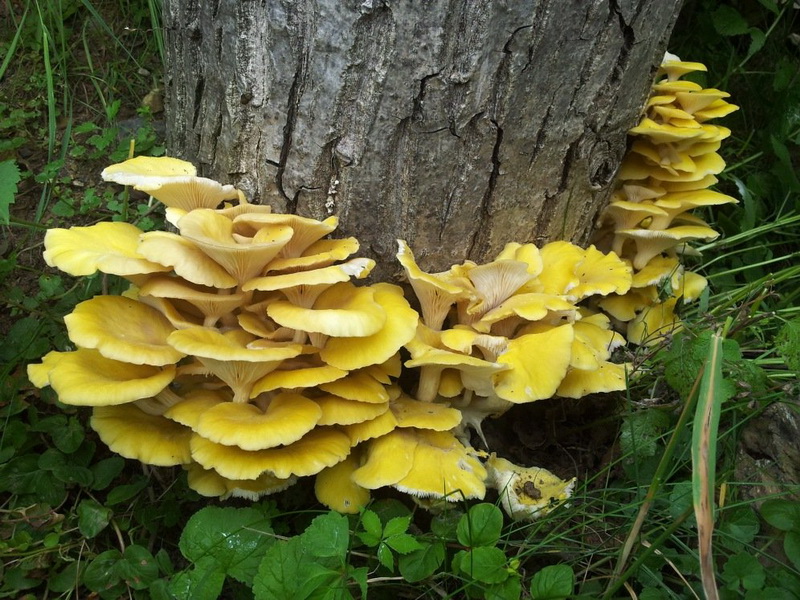

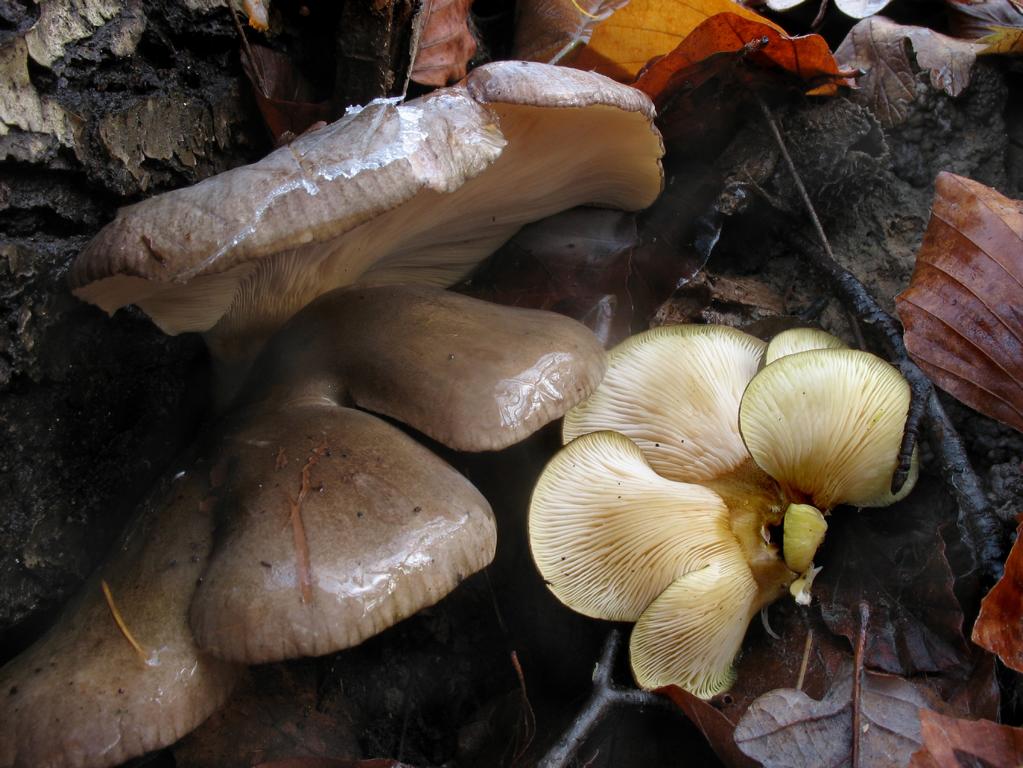
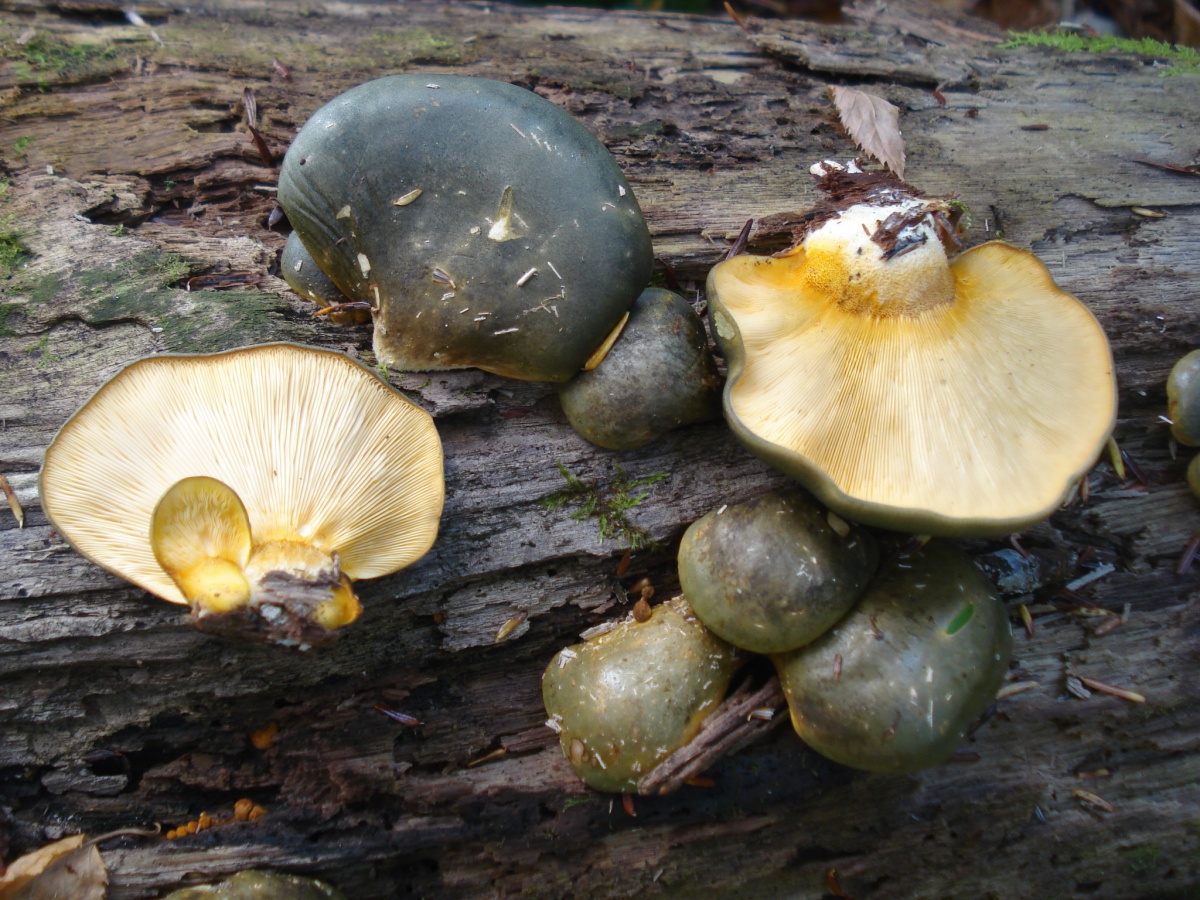
 Care and use of Kombucha at home (+22 photo)
Care and use of Kombucha at home (+22 photo) Edibility of the fungus of the motley umbrella and its description (+19 photo)
Edibility of the fungus of the motley umbrella and its description (+19 photo) Description of edible and inedible oils, their poisonous counterparts (+40 photos)
Description of edible and inedible oils, their poisonous counterparts (+40 photos) Useful properties of milk mushroom and its contraindications (+17 photos)
Useful properties of milk mushroom and its contraindications (+17 photos)